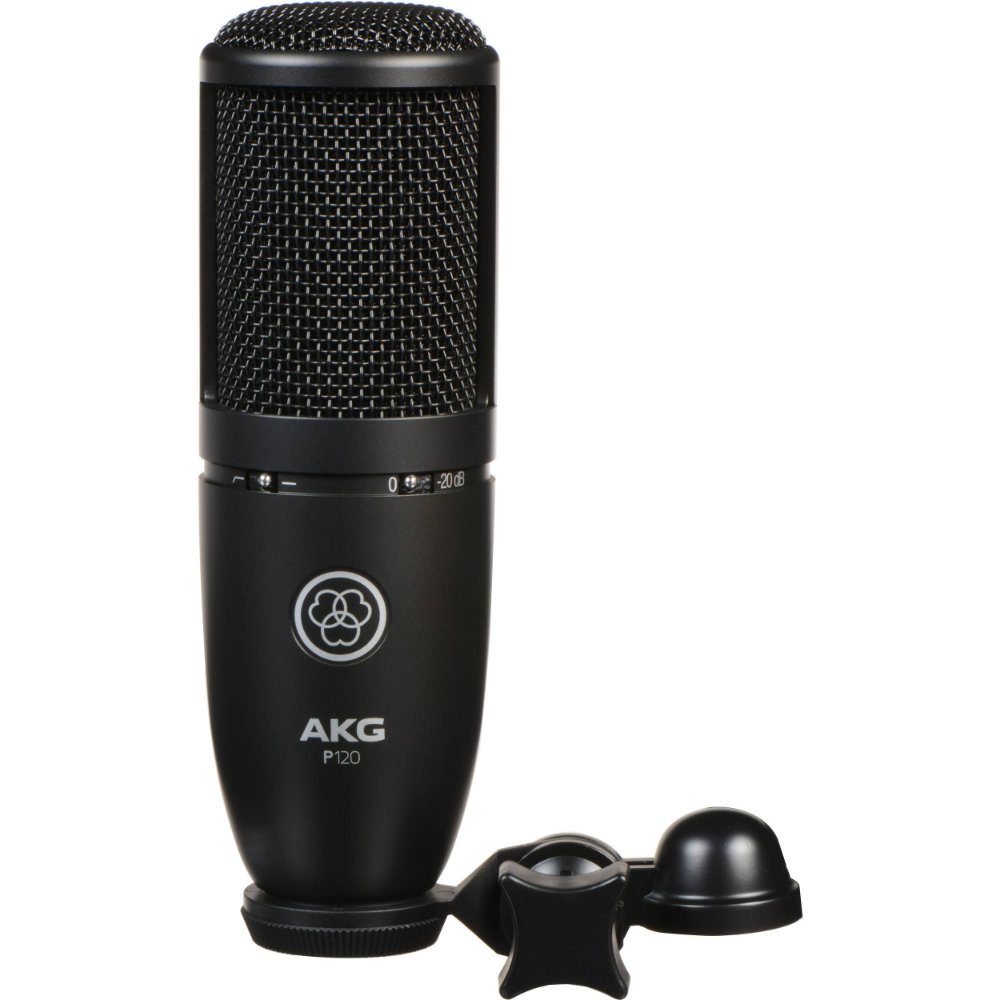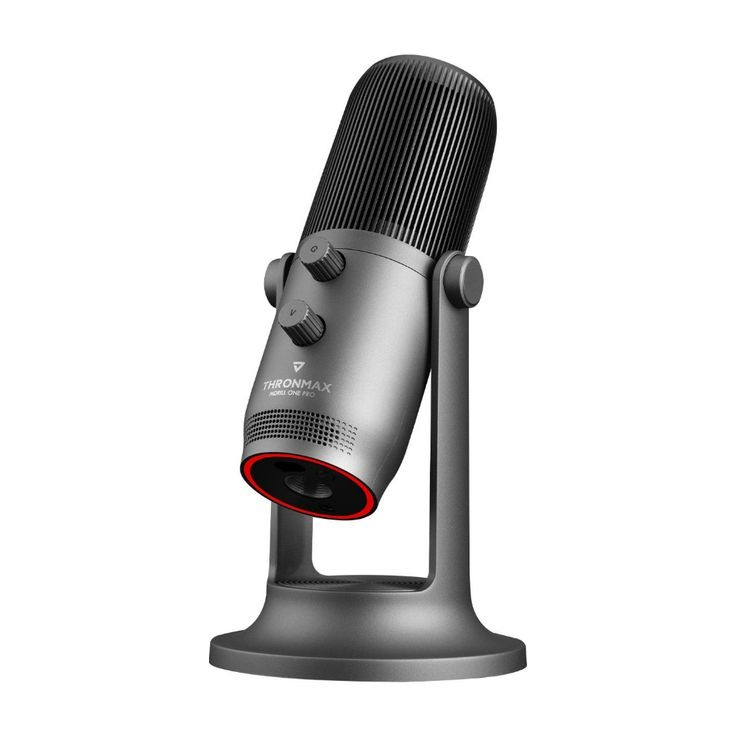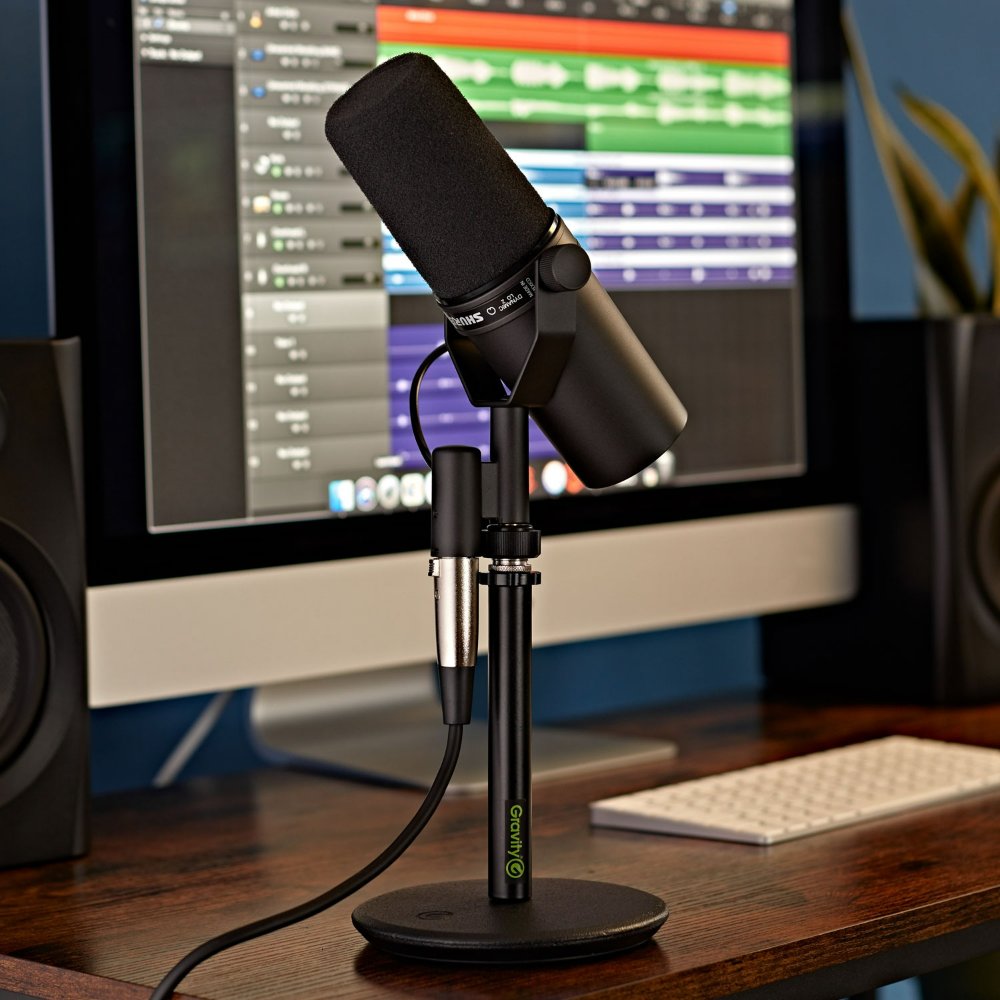Introduction to MIC in Technology
MIC, or microphone, is a critical element in the field of technology. It converts sound into an electrical signal. MICs are in telephones, cameras, computers, and other tech devices. As technology advances, mic meaning has expanded. MICs now serve more complex functions.
They are key in recording, voice recognition, and audio analysis. Their role is vital in many tech applications. MIC technology varies widely. It encompasses a range of devices, from simple microphones to sophisticated audio systems. Understanding mic meaning in tech is essential for users and professionals alike.
Manufacturers produce MICs with different features and purposes. These features determine the MIC’s use and performance. Diverse settings require different MIC types. These include live performances, studio recording, and everyday device use.
The technology behind MICs is evolving. New developments aim to improve sound quality and functionality. This evolution impacts how we use microphones in daily life and professional settings. In this blog, we’ll explore the meaning and impact of MICs in technology.

The Role of MIC in Audio Technology
The microphone’s role in audio tech is expansive and essential. It’s vital for capturing sound in devices like phones, computers, and audio recorders. In modern technology, the mic caters to various tasks. These include recording music, broadcasting, and enabling voice commands. Good microphone quality is crucial for clear and accurate audio capture. The tech behind mics influences sound recording and communication quality.
Microphone Specifications and Types
Microphones come in diverse specifications and types. Each type serves a particular purpose. Dynamic mics are common for live performances. They withstand high sound pressure levels. Condenser mics are popular in studios. They capture sound with high fidelity. Other types include ribbon, USB, shotgun, and lavalier mics. Each has unique features. For example, frequency response defines the sound range a mic can capture. Directionality indicates where a mic picks up sound from. Users must match mic types to their specific needs for optimum performance.
MIC Standards and Interfaces
When discussing MIC technology, it’s important to understand the standards and interfaces that govern microphones. Standards set by industry groups specify the technical criteria, such as compatibility and performance, which different types of microphones need to adhere to. Interfaces, on the other hand, refer to the way a microphone connects to other devices, which affects the sound quality and the ease of use.
USB vs. XLR Microphones
The distinction between USB and XLR microphones is a fundamental aspect of the interfaces used in MIC technology. USB microphones are known for their convenience. They simply plug into the USB port of a computer or other devices. This makes them an easy choice for podcasters and at-home creators, offering a decent mix of quality and ease without the need for extra equipment.
XLR microphones connect using an XLR cable and often require a separate audio interface or mixer. These microphones are the industry standard for professional audio recording. They provide a higher quality of sound, thanks to balanced audio signals that reduce electrical noise and interference.
So, when it comes to mic meaning in the realm of technology, considering the standards and interfaces is crucial. Whether you choose a USB or XLR microphone depends largely on your specific needs and context. For casual use, USB mics offer simplicity, while XLR mics are the go-to option for most professional settings demanding top-notch audio fidelity.

Advancements in MIC Technology
The field of MIC technology has seen impressive advancements. Innovations aim to meet the increasing demand for better audio quality. As we rely more on digital communication, these improvements become more crucial. Enhanced MICs deliver clearer, more precise sound for users.
Cutting-edge technologies in microphones have raised the bar in sound recording and transmission. The development of digital signal processing (DSP) algorithms is one example. DSPs help in refining audio signals for crisper sound. This technology is behind several key features in today’s microphones.
Moreover, material science plays a role in improving MIC components, like diaphragms. This leads to more sensitive and accurate sound capture. The industry is also focusing on miniaturization. Smaller microphones are being made without compromising on functionality or quality.
Noise Cancellation and Clarity Enhancements
Noise cancellation is a dominant feature in the latest microphones. This technology filters out unwanted background noise. It allows only the intended sound to pass through. Thus, it is vital for clear audio in various settings.
Recent microphones often include noise-cancellation algorithms. These enhance clarity in both recording and communication devices. Innovations have made it possible to suppress wind noise and other disturbances. This is important in outdoor and on-the-go environments.
In addition, manufacturers have introduced clarity enhancements. These include advanced windscreen designs and pop filters. They protect against plosive sounds that disrupt clear speech capture. These advancements ensure the mic meaning in technology remains synonymous with high-quality, reliable audio performance.
The future holds more advancements. As tech evolves, expect to see continued innovation in MIC technology. This will likely include smarter noise reduction and further clarity improvements.

MIC Applications in Modern Devices
Microphones, or MICs, are crucial in today’s technology, and their role extends to various modern devices. Understanding mic meaning involves looking at how mics are integrated and used across different tech products.
Smartphones and Smart Home Devices
In smartphones, mics enable voice commands and clear phone calls. They are vital for virtual assistants like Siri and Google Assistant. This allows hands-free control and makes daily tasks simpler. MICs in these devices support voice-to-text features, making messaging fast and convenient.
Smart home devices, such as smart speakers and security systems, also rely heavily on microphones. They support features like voice recognition and commands. This lets users control smart home tech with just their voice. These devices have mics that must pick up audio from a distance and in various conditions. They use advanced algorithms for noise reduction to ensure commands are understood clearly.
MICs in smartphones and smart devices show the wide range of mic meaning and uses in tech. They provide convenience and enhance our interaction with technology. As microphones improve, so does the functionality of these modern devices. They become more responsive and better at understanding user commands, reflecting the ongoing evolution of MIC technology.
MICs in Professional Settings
In professional settings, MICs are essential tools. They can make or break the quality of sound in recordings and live broadcasts. Studios and broadcasting stations invest in high-grade microphones to ensure the best audio experiences.
Studio Recording and Broadcasting
In studio recording, MICs capture the nuanced performances of artists. High-quality condenser mics are often used for their sensitivity and fidelity. In broadcasting, reliability and clarity are paramount. Dynamic microphones are preferred as they are less sensitive to noise and can handle louder sounds. These settings use specialized mics that can isolate vocals from background noise, ensuring clear sound for the audience.
Whether it’s for a music album or a live radio show, the right MIC is critical. It helps in delivering content with clarity and richness that engages listeners. In professional realms, the mic meaning is synonymous with excellence in audio capture and reproduction. Choosing the correct type of MIC for the setting is fundamental to achieve the intended sound quality.
The Future of MICs in Emerging Technologies
The future of microphones, or MICs, is tied to cutting-edge tech. Emerging technologies will integrate MICs in innovative ways. This will change how we interact with devices and systems around us. Leaders in tech are eyeing advancements that expand mic meaning and capabilities.
Integration with AI and Machine Learning
AI and machine learning are set to revolutionize MIC technology. Smart mics will emerge, interacting seamlessly with AI algorithms. They’ll process voice commands more efficiently. This makes user interaction with devices smoother and more natural.
Machine learning can fine-tune sound capture. It picks up patterns in noise and speech. Then, it adapts to enhance voice clarity over time. In the future, mics will analyze our speech and ambient sounds. This helps to deliver personalized, improved audio experiences.
Mic meaning will grow in AI-driven applications. They’ll support real-time language translation. They’ll help in health monitoring, where vocal biomarkers indicate wellness. MICs will become more than just audio input devices. They will turn into smart tools that understand context and user intention.
Machine learning algorithms will make noise cancellation more dynamic. They will adjust to various scenarios. This ensures clear audio no matter the surroundings. By learning from countless sound samples, mics will evolve to intelligently filter noise. This maintains the integrity of the intended audio.
The integration of MICs with AI and machine learning stands to redefine mic meaning. It opens doors to smarter, more responsive tech in our lives. As these advancements unfold, the versatility and utility of MICs will reach new heights.
Considerations for Choosing the Right MIC
When selecting a microphone, several factors come into play. Not all MICs suit every task. To find the right MIC for you, consider your budget, intended use, and the environment it will operate in.
Budget, Use Case, and Environment
Budget is often the starting point. MICs range from affordable to high-end. Your financial limit will narrow your options.
Use case dictates MIC type. Are you podcasting, recording music, or giving speeches? Each scenario demands a different MIC. Podcasters may lean towards USB mics for ease. Musicians often prefer studio-quality condenser mics for better sound capture.
Environment also influences your choice. For loud, live events, dynamic microphones are robust and less sensitive to noise. In quiet studio settings, condenser mics shine with their sensitivity and detail.
Each factor is crucial in defining mic meaning and success. By balancing these considerations, you’ll choose a microphone that fits your needs and enhances your audio experience.